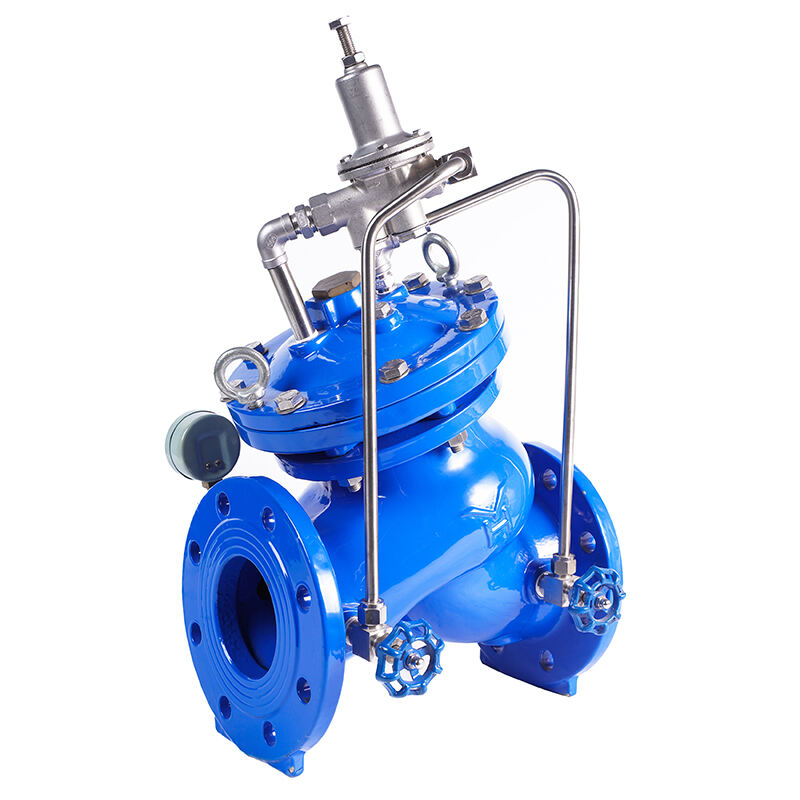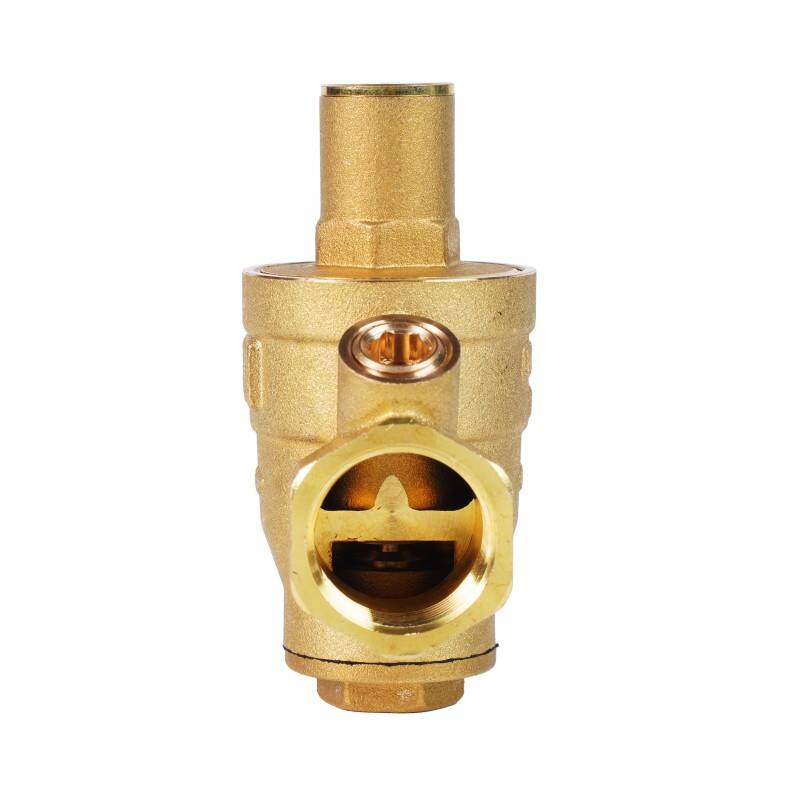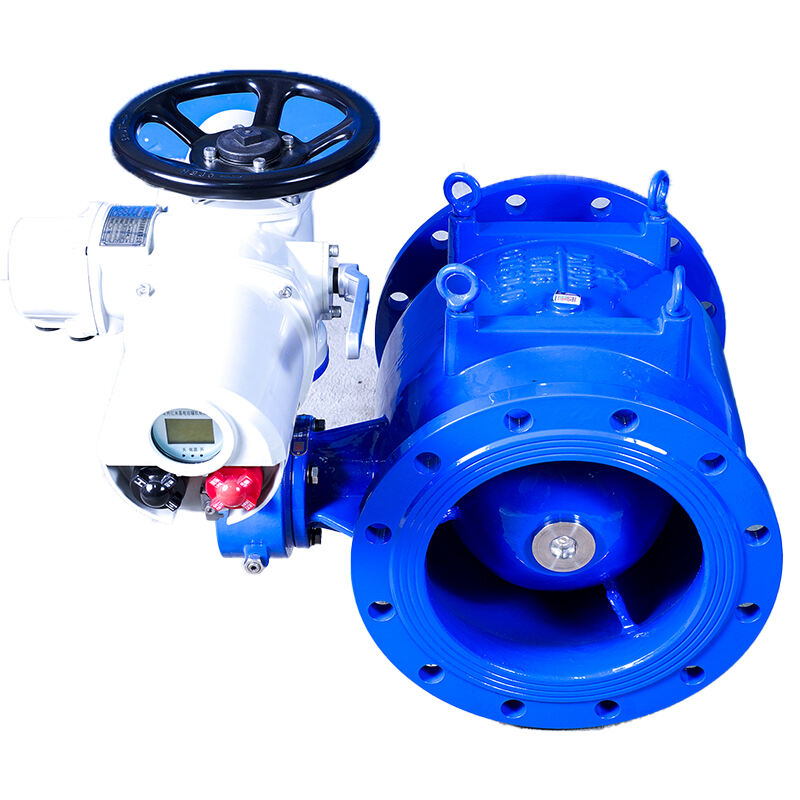pressure reducing valve price
The pressure reducing valve price represents a crucial investment consideration in fluid control systems. These essential components, designed to maintain consistent downstream pressure regardless of upstream fluctuations, come in various price points reflecting their quality, capabilities, and manufacturing standards. Modern pressure reducing valves incorporate advanced features such as precision control mechanisms, durable materials like stainless steel or brass, and innovative pressure sensing technology. The price range typically varies from basic models suitable for residential applications to high-end industrial variants with enhanced durability and accuracy. Factors influencing the price include valve size, pressure rating, construction materials, control accuracy, and additional features such as adjustment mechanisms and pressure gauges. The market offers options from economical direct-acting valves to more sophisticated pilot-operated systems, catering to diverse applications across residential, commercial, and industrial sectors. When evaluating pressure reducing valve prices, it's essential to consider the total cost of ownership, including installation, maintenance requirements, and expected service life. Premium models often justify their higher initial cost through superior performance, longer lifespan, and reduced maintenance needs.


